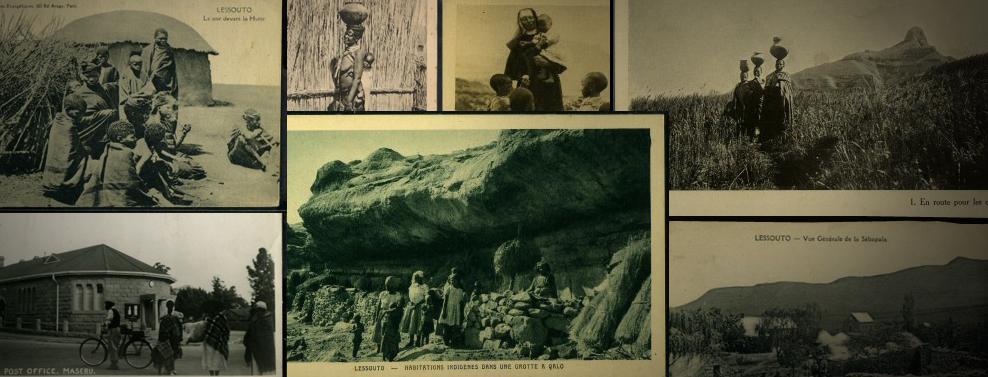History & Culture
The inspiring and eventful history of this Mountain kingdom is strongly tied to its revered founder, King Moshoeshoe I. He stood against the invading Zulu, won battles against the European invaders and managed to build a Basotho state that escaped the looming incorporation into the all encompassing South Africa. It is for this reason Lesotho's first king, Moshoeshoe I, is often called "Africa's greatest leader" of the early 19th century.
18th century Southern Africa was a battle field. A growing threat from the east, was the first militarized and centralised kingdom in the region which was lead by the legendary Zulu king; Shaka. His army had powered over vast territories at the time and showed little signs of stopping. From the west the Dutch speaking Boers started conquering and settling in fertile inlands of modern day South Africa forever in conflict with the coast colonies of the British.
The peaceful and humble farmers that the Basotho are had very little experience in warfare. Scattered loosely in chieftaincies and mainly concerned with attending to their livestock and fields, they saw a huge influx of refugees from the great Zulu expansion and all were now facing an eminent attack from all sides. At this dire period the Basotho found a leader in the skilful chief Moshoeshoe and a refuge.
At the heart of the Basotho tradition and culture is music and dance. They have always been an inextricable part of Basotho life. Countless rituals and social activities are accompanied by song, dance and ululation. The three dances; the mohobelo, litolobonya, and the mokhibo are performed regularly. On special occasions, to honour their chief, the men performed the mohobelo.
 The two distinguishing features that are close to the peoples' hearts are horses and blankets. They also wear a Sesotho hat called Mokorotlo, which is the national symbol.
The two distinguishing features that are close to the peoples' hearts are horses and blankets. They also wear a Sesotho hat called Mokorotlo, which is the national symbol.
The two distinguishing features that are close to the peoples' hearts are horses and blankets. The small, surefooted Basotho pony is often the only means to navigate the rugged mountains of Lesotho. Donkeys are also widely used to haul goods. Both men and women wear bright blankets as cloaks and fasten them with an oversized safety pin. They also wear a Sesotho hat called Mokorotlo, which is the national symbol. It is woven from mosea grass which grows only in the highest mountains.
In Lesotho, traditional authority is exercised firmly through a system of chieftaincy extending from the paramount chief who is the current king; His Royal Highness King Letsie III and his court, down through senior chiefs and sub-chiefs, to headmen and sub-headmen at the local level. Traditionally, families and clans cluster together as units in small villages. The chief's shut would be in the middle and all other huts would radiate from there.
Kraals or enclosures are for the animals. Boys begin herding the family's livestock of cattle or sheep or goats when they are five or six years old. A majority of teen boys and young men herd the livestock in remote areas with large grasslands and stay in small huts high in the mountains. They are sometimes away for months at a time. The scenic mountains of the Maluti can be both beautiful and dangerous, the winter can be severe and sometimes herdsmen as they are sometimes called can be cut off by snowstorms.

